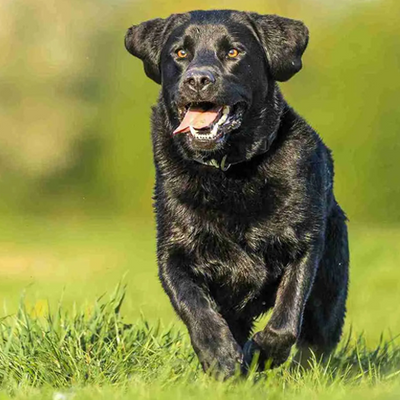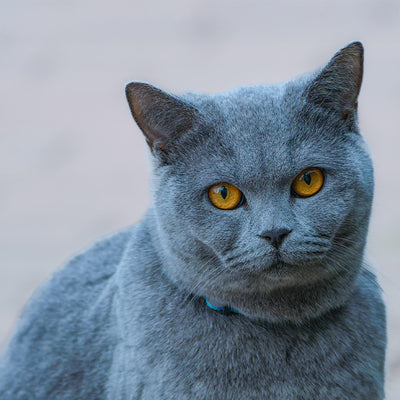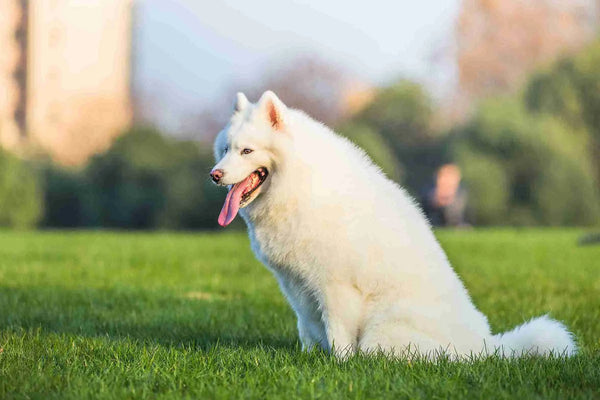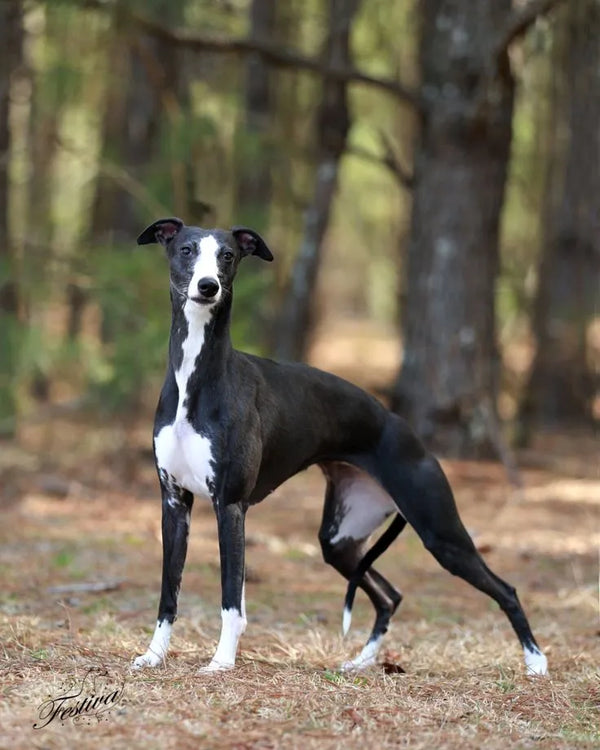Boxer
Boxer
America’s Playful and Loyal Family Friend
1. Introduction to the Breed
The Boxer, holding the #13 spot in the 2024 American Kennel Club (AKC) rankings, is a playful, loyal, and energetic breed cherished for its exuberant personality and striking appearance. Known for their muscular build and expressive faces, Boxers are ideal for active families seeking a devoted companion with a protective streak. Their boundless enthusiasm and clownish antics make them a favorite in suburban homes or spacious apartments, where their love for play and affection shines through.
2. History of the Breed
Originating in Germany in the late 19th century, Boxers were developed from the Old English Bulldog and German Bullenbeisser, bred as working dogs for hunting boar and guarding estates. Their name likely comes from their playful, boxing-like paw movements. Recognized by the AKC in 1904, Boxers gained U.S. popularity for their versatility in roles like police work, military service, and family companionship. Their athleticism and loyalty, showcased in films and as therapy dogs, have cemented their status as a beloved American breed.
3. Physical Characteristics
- Typical Size and Weight: Boxers are medium-to-large dogs, standing 21.5–25 inches tall at the shoulder. Males weigh 65–80 pounds, while females range from 50–65 pounds, with a lean, muscular frame.
- Coat and Color: Their short, smooth coat is sleek, typically in fawn (light tan to mahogany) or brindle, often with white markings. White Boxers exist but are prone to health issues and not standard for show.
- Distinctive Features: Boxers have a broad, square head, short muzzle, and expressive, dark eyes. Their athletic build, upright stance, and docked (or natural) tail reflect their strength and agility.
4. Personality Traits
Boxers are playful, loyal, and affectionate, with a joyful, almost puppy-like energy that persists into adulthood. They form strong bonds with families, thriving on interaction with children and familiar pets, making them excellent playmates. Their protective instincts make them alert watchdogs, though they’re typically friendly with strangers when socialized. Boxers require mental and physical engagement to prevent boredom-driven behaviors like chewing, and their expressive faces and goofy antics add charm to any household.
5. Care Requirements
- Exercise Needs: Boxers need 60–90 minutes of daily exercise, including brisk walks, running, or play sessions like fetch or tug-of-war. Mental stimulation through training or interactive games keeps their active minds engaged.
- Grooming Needs: Their short coat requires weekly brushing with a soft brush to manage moderate shedding. Regular baths, ear cleaning, nail trimming, and dental care prevent infections and maintain health, especially in their skin folds.
- Dietary Considerations: A high-protein diet supports their muscular build, with foods containing omega fatty acids for coat and skin health. Portion control prevents obesity, which can strain joints, and owners should avoid overfeeding to maintain their athletic physique.
6. Health and Lifespan
Boxers have an average lifespan of 10–12 years. Common health issues include hip dysplasia, cardiomyopathy (heart disease), and certain cancers like mast cell tumors. They’re also prone to bloat and skin allergies. Regular vet checkups, heart screenings, and a healthy lifestyle mitigate risks. Owners should monitor for breathing difficulties in hot weather due to their semi-brachycephalic structure and ensure small, frequent meals to reduce bloat risk.
7. Training and Socialization
Boxers are intelligent and eager to please but can be exuberant, requiring consistent, positive reinforcement training with treats or play. Short, fun sessions keep them engaged, as their high energy can lead to distraction. Early socialization is crucial to temper their protective instincts and ensure comfort with strangers, children, and other animals. Teaching commands like “settle” and “leave it” helps manage their playful tendencies, and activities like agility or obedience training channel their energy effectively.
8. Ideal Home Environment
Boxers thrive in homes with secure yards or access to open spaces, such as suburban or rural properties, where they can burn off energy. They’re ideal for active families or individuals who enjoy outdoor activities like jogging or hiking. Apartments work if exercise needs are met, but their boisterous nature requires space to play. Owners should provide a cool, comfortable environment to prevent overheating and be prepared for their affectionate, attention-seeking behavior.
9. What’s the Best Toy for My Boxer?
Boxers love toys that match their high energy and playful nature, engaging both their physical strength and curious minds. Durable chew toys made of tough rubber satisfy their strong chewing instincts, providing 20–30 minutes of engagement, especially when stuffed with treats for added challenge. Thick rope toys for tugging tap into their love for interactive play, ideal for 15–20 minute sessions with owners to build bonds. Large, sturdy balls for fetching encourage running and chasing, suiting their athleticism for outdoor play. Interactive puzzle toys with treat compartments stimulate their intelligence, keeping them occupied indoors for 10–15 minutes. Avoid flimsy or small toys, as Boxers can destroy them quickly, posing a choking risk. Rotate toys regularly and pair with training or play to maintain engagement.
10. Adoption and Breeder Tips
Choose breeders affiliated with the American Boxer Club, ensuring health clearances for hips, heart, thyroid, and eyes. Visit the breeder to assess puppy health, meet parents for temperament insights, and confirm ethical practices, including socialization and clean facilities. Rescues like Boxer-specific organizations or local shelters offer adoptable Boxers, often with detailed histories. Avoid puppy mills, as Boxers are prone to health issues if poorly bred. Ask about genetic testing, socialization practices, and the breeder’s experience with companion or working lines to ensure a healthy, well-adjusted dog.






0 comments